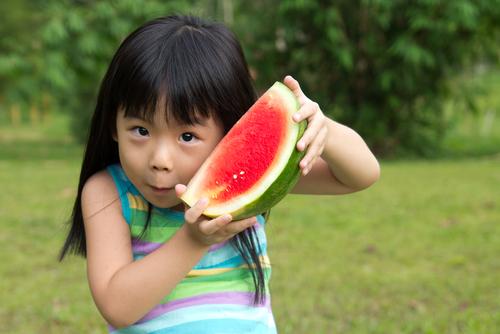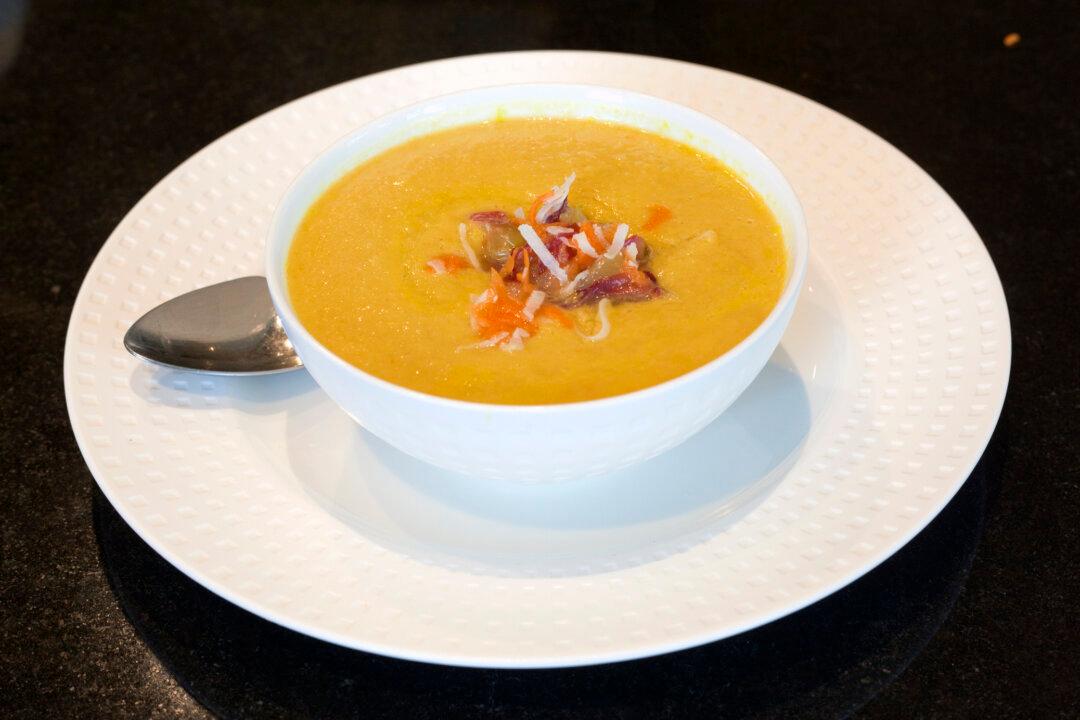I’ve observed a very dramatic shift in kids’ diets somewhere between baby food and most children’s menus. When our little ones start transitioning to solid food, they start with fruits and veggies—peas, carrots, spinach, green beans—you name it. Yet, somehow, from that point when they reach the children’s-menu age, the color fades from the plate-like a person about to faint.
From a palette of red, orange, green, purple and blue, we introduce white and brown foods and somehow forget all the gorgeous colors we once had. Hot dogs, pizza, hamburgers, chicken nuggets, and fried this or that ...





